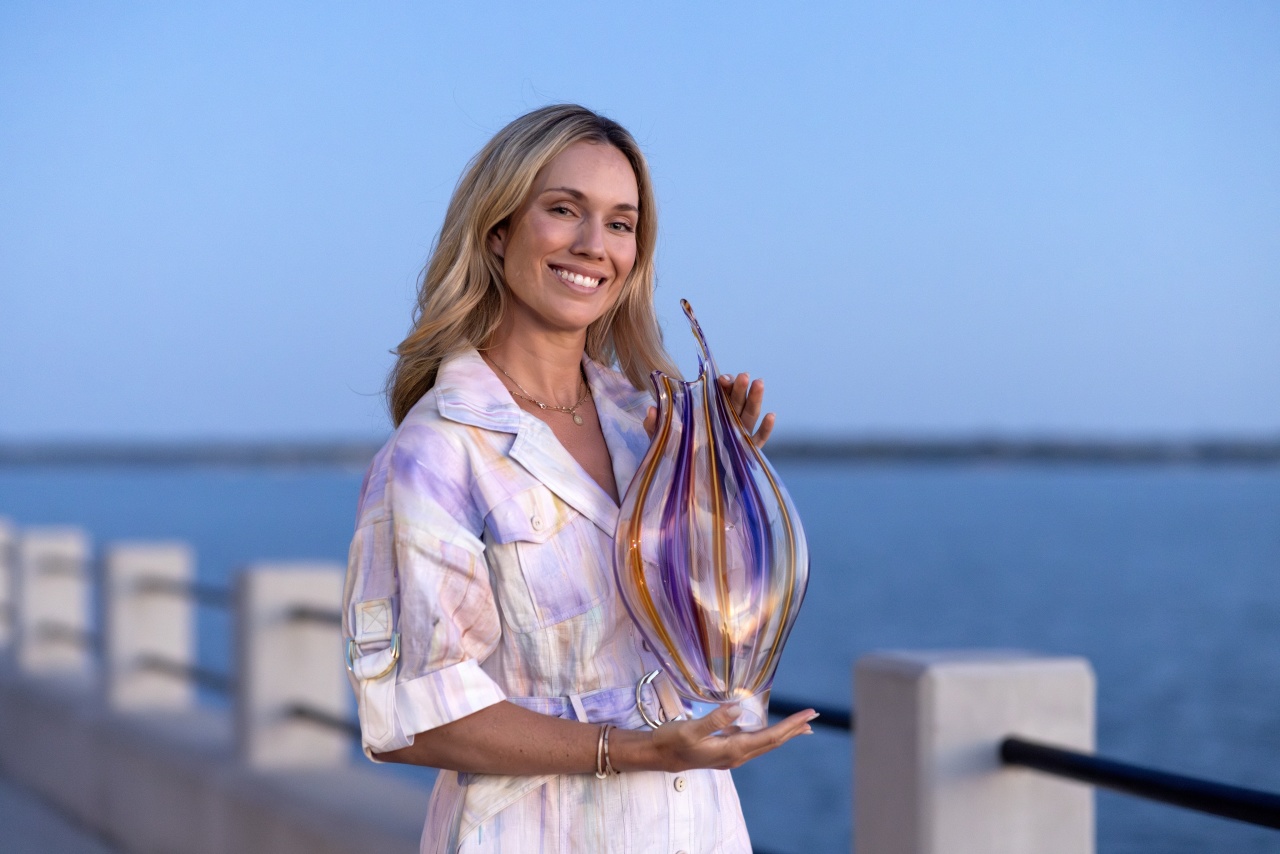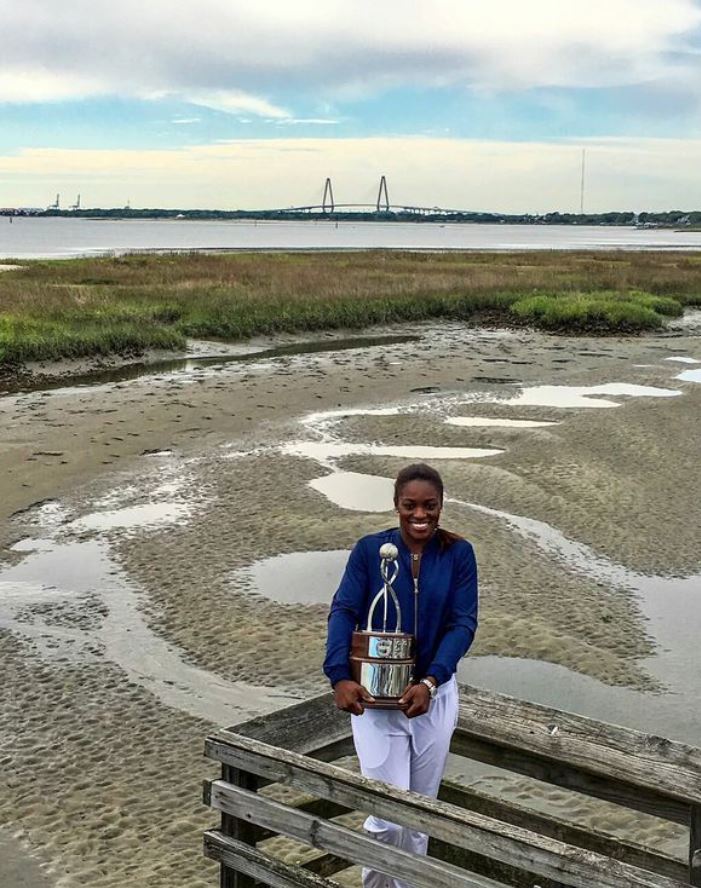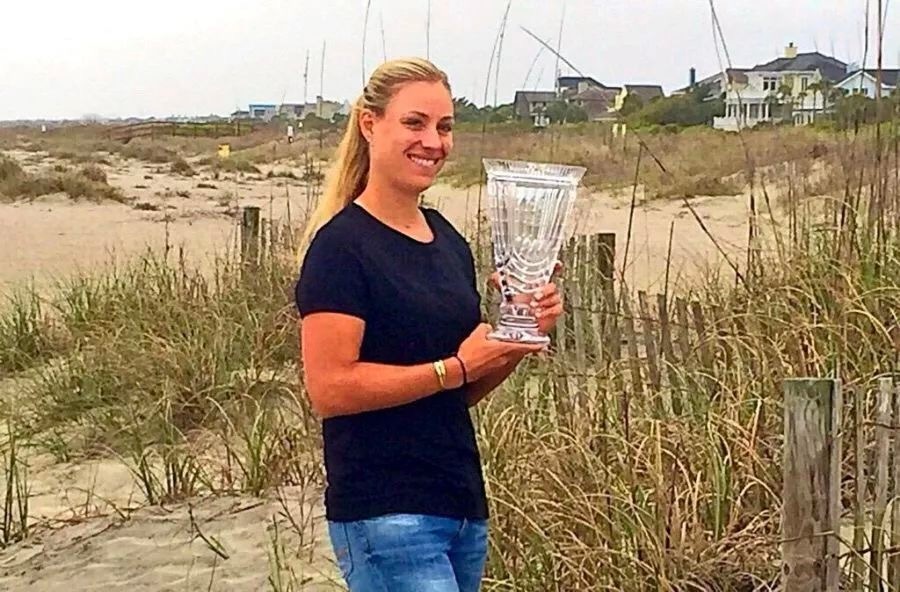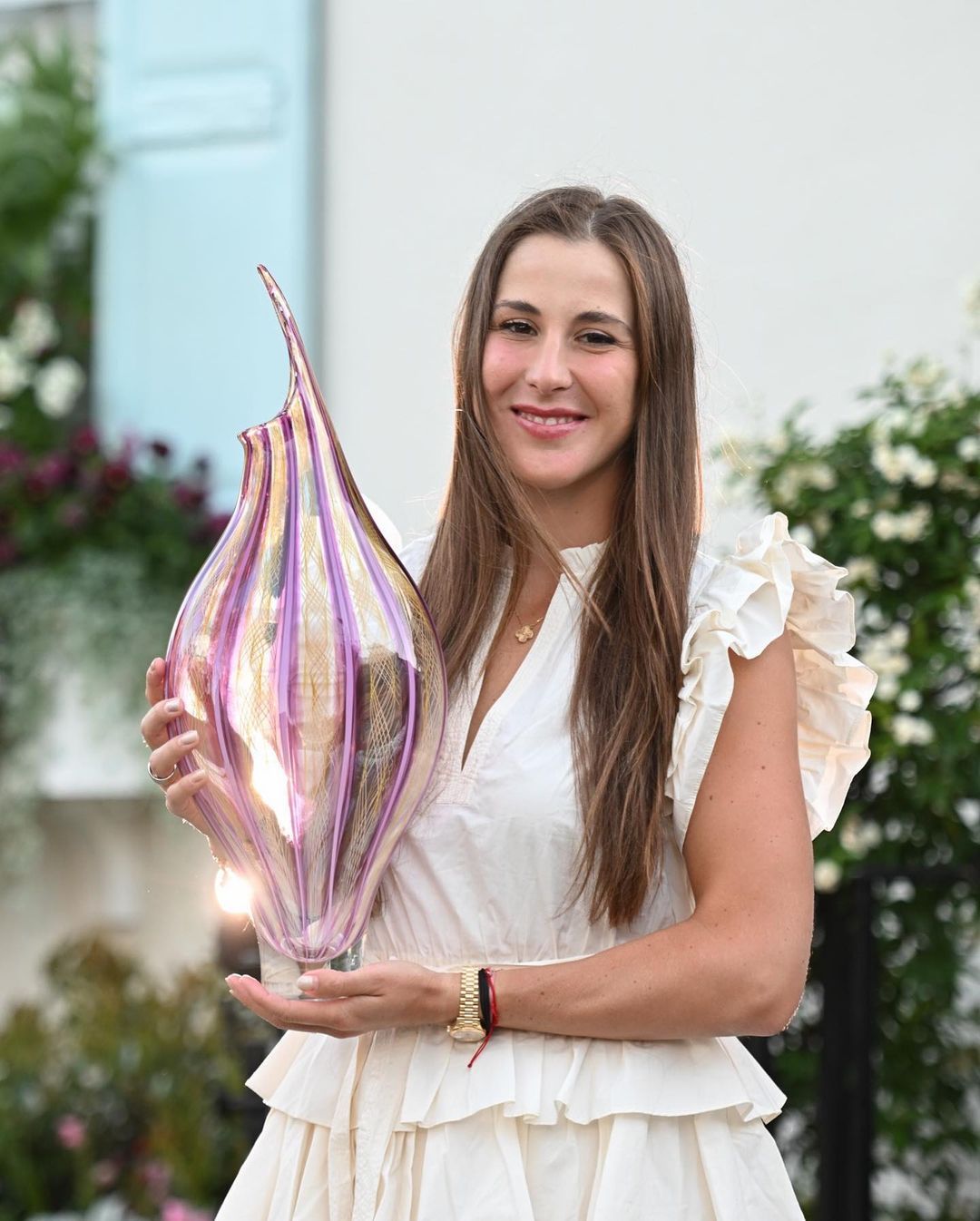Charleston Green Clay: From "Noble Race" to Witness to the Road to Revival
After the hard court season in the spring of 2025, the clay season will begin. As a "transition" event between hard and clay, the Charleston 500 has always been in the spotlight. As the only green-clay tournament on the WTA Tour, Charleston is home to a unique tennis culture and historical memory. Its story is not only a history of the evolution of the tournament level, but also a stage for players to write legends on special venues. With Charleston 2025 now underway, it's a good idea to retrace the rise and fall of the event and shine a spotlight on some of the most memorable championship stories.

Charleston, formerly known as the Family Circle Cup, was born in 1973 and was one of the first "Division 1" tournaments in women's tennis. At its peak, it attracted legends such as Evert and Navratilova, and the tournament has prize money and influence on a par with the top tournaments outside of the four majors. However, in the 21st century, a number of factors have led to a gradual decline in its status: first, the specificity of the site, the green soil field is made of crushed volcanic rock, and the ball speed is between red and hard ground, but the maintenance cost is high and rare in the world. Players are more likely to warm up for traditional clay tournaments such as Madrid or Rome before the European clay season, which has led to a gradual loss of top players in Charleston's squad. Secondly, there is the awkward schedule, with Charleston usually scheduled after the "Sunshine Double" (Indian Wells and Miami), almost a month after the European clay season. In order to avoid frequent switching of venue types, top players often skip this station and go directly to the European competition. In addition, changes in commercial value and sponsorship have also caused the event to decline, and after 2016, the change of naming rights and the adjustment of operational strategy further weakened its appeal. In the 2020 WTA format reform, Charleston was classified as a 500 event, marking its complete exit from the top competition. Still, Charleston holds its ground with its unique greenery charm. In 2024, the longest three-set match in WTA history (3 hours and 43 minutes) will be held here, and Katie Volinetz's marathon duel with Ruth will push the limits of fitness and will. This kind of "small but beautiful" persistence has become a stage for backbone players and the new generation to prove themselves.

Charleston has never lacked drama: in 2016, Stephens was down 4-5 in the deciding set against Kasatkina in the quarter-finals and faced match point, but she saved two match points in a row and then won the title with a 10-point comeback. The victory was seen as a "confidence catalyst" in her career, and although she fell into a slump due to injury that same year, she made a miraculous comeback to win the 2017 US Open. In 2025, the 36-year-old Zhang Shuai broke through from consecutive qualifying wins to advance to the main draw against Mattek, proving that the veteran can still write a new chapter on green soil with a first-serve percentage of 73% and a four-break efficiency. Case, who lost in the 2015 finals and didn't realize her dream in Charleston until 2019, once joked: "The green soil here teaches me patience, but the tuition is too expensive." ”

Of course, the off-court Charleston game may be more topical than the inside of the game. In 2015, Kerber beat Keys to victory at the Charleston Green Clay, which was a major turning point in her career. However, the post-match championship photo sparked a heated discussion among fans - the photographer took her to a desolate Gobi meadow with overgrown weeds and gray colors in the background, which contrasted strongly with the glory of the championship. Although the photo has been blurred, it can still be seen that the environment is like an unretouched wild wasteland, which is jokingly called "mass grave" and "award scene for large rural rice farmers" by netizens.

Despite the drop in the level of the event, Charleston still attracts a specific group with its "irreplaceable uniqueness". Zheng Qinwen will play as the No. 3 seed in 2025, and she is expected to face Sakkari in the second round with a first-round bye, continuing the competitiveness of China's Golden Flower here. Zhang Shuai's promotion shows the persistence of the veteran and injects more stories into the event.

Charleston's predicament is also a microcosm of women's tennis – finding a balance between commerciality and tradition. Perhaps, as Kerber's counterattack demonstrated, true legends are never faded by the level of the game, but are forged by stories that rise up in the face of adversity.(Source: Tennis Home Author: Xiaodi)







 Links
Links
 Contact
Contact
 App
App


